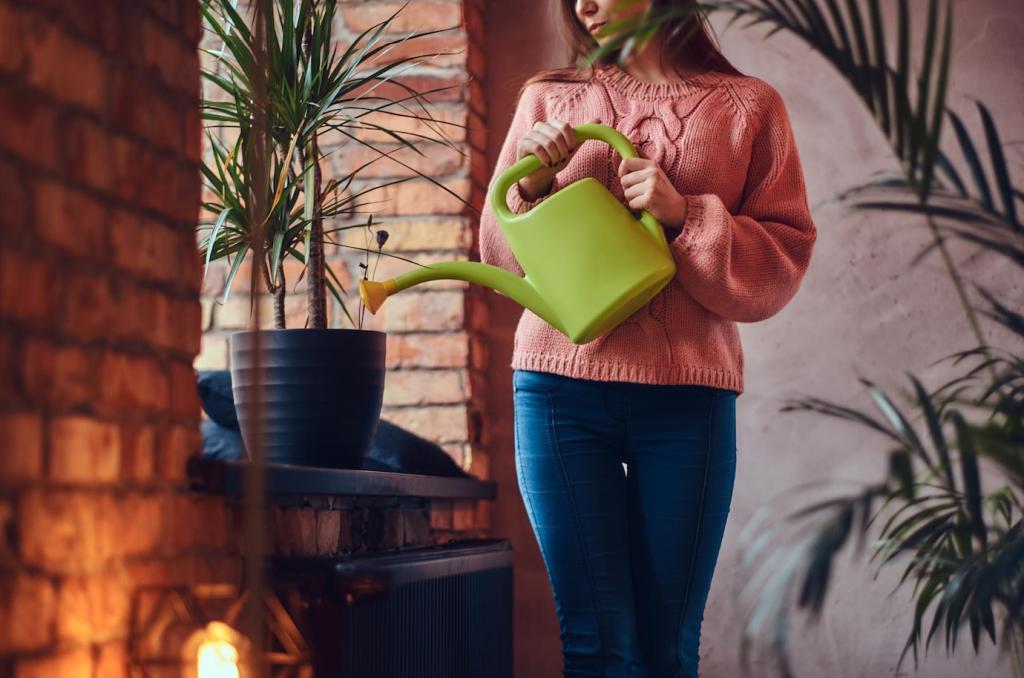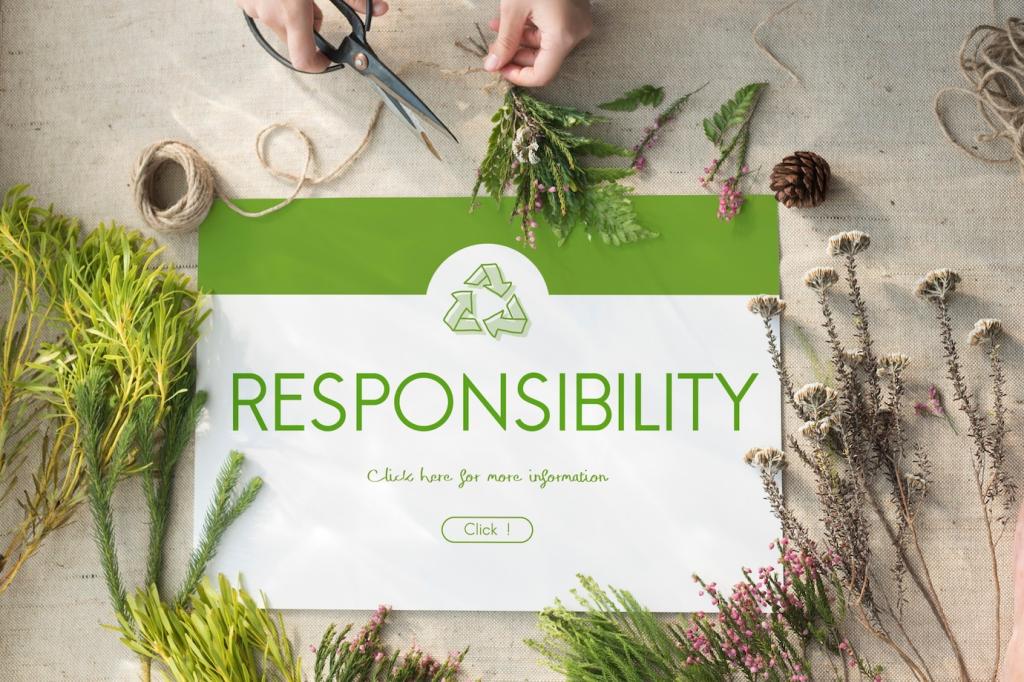Anatomy of a Tiny House Rainwater Harvesting System
Metal roofs are ideal for cleaner runoff and quick shedding; asphalt can work with extra filtration. Smoother surfaces reduce debris and biofilm. Share your roof material and slope, and we’ll advise on coatings, pre-cleaning, and compatible first-flush designs.
Anatomy of a Tiny House Rainwater Harvesting System
Quality gutters with leaf screens keep big debris out. A first-flush diverter discards the initial dirty runoff, improving water clarity and taste. Curious about sizing? Post your roof area and we’ll calculate recommended diversion volume based on local dust loads.









